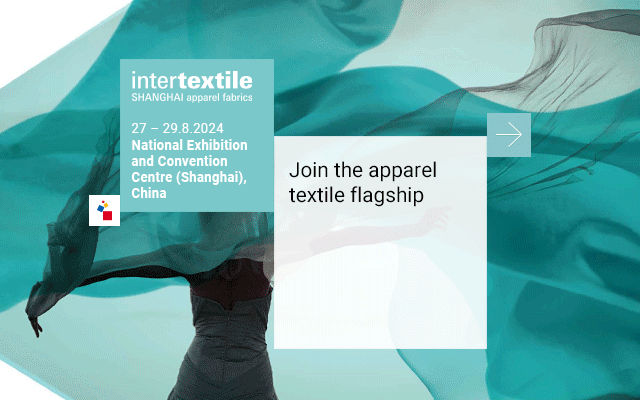Legislation
The Indian law of designs is enshrined in the Designs Act, 2000. The Act seeks to provide for the registration of designs in India. The rights granted under the Act are operative in the whole of india.
What is a Design
A DESIGN is defined as the features of shape, configuration, pattern, ornament or composition of lines or colours applied to any article by any industrial process or means, whether manual, mechanical or chemical, separate or combined, which in the finished article appeal to and are judged solely by the eye, but does not include any mode or principle of construction or anything which is in substance a mere mechanical device and does not include any trademark or property mark or artistic work .
Design Act protects only designs that is aesthetic in nature. They may be decorative elements added to the article or they may be part of very shape or configuration. Novelty and originality are important criteria in a design for registration. In addition, only those designs that are applied to an article by an industrial process will be protected.
Classification*
Almost all jurisdictions including India follow Locarno Classification for registration of design comprising 32 classes, numbered 1 to 31 and an additional class 99 to include articles not falling under the aforesaid 31 classes. Most of the classes are further divided into sub classes. Design applications must be filed in a particular class depending upon the predominant material with which the article is made or is capable of being made.
Rights conferred by registration
The registration of a design confers the proprietor copyright in the design for the period of registration. Copyright means the exclusive right to apply the design in respect of the article for which it is registered.
Who Can Apply For A Design
An inventor or any other person/company assigned by the inventor can apply and obtain the registration for the design.
Filing and Prosecuting Design Applications
An application for design on Form-1 accompanied by four copies of representation of the design and prescribed fee of Rs. 1000/- is filed at one of the four office of the Patent Office located at, Kolkata, Mumbai, Delhi and Chennai. The Designs Office initially provides a filing number and filing date and issues a filing receipt, which is sent to the applicant or his attorney. Thereafter the application is formally examined by the Designs Office. Defects will be communicated to the applicant. Once the application is found to be in order it is accepted and the Designs Office issues the registration certificate.
Duration of registration
The term of a design registration is initially for a period of ten years. The renewal is possible for further period of 5 years.
Remedies For Infringement
It is the sole responsibility of the proprietor to see that his design is not being infringed upon by others. It is the proprietor's duty to file a suit of infringement against the infringer. The reliefs which may be usually awarded in such a suit are Injunctions whether interim or final. Damages. Use of Design In Foreign Countries
Design rights are granted on a country-by-country basis. An Indian registration provides protection only in India and its territories. If the proprietor of a design wishes to protect a design in other countries, the owner must seek protection in each country separately under the relevant laws.
International design protection
There is no system as yet wherein a single design application is sufficient to protect the design right internationally. However, Paris convention * provides certain privileges to member countries in design registration. A party who files design application in a member state of the Convention, such as India, can within six months of that filing date file applications in other member countries claiming the priority of the first application. If such a design is accepted for registration it will be deemed to have registered from the same date on which the application is made in the home country.
* Paris Convention is the most basic and important multilateral convention relating to intellectual property, including trademarks, of which India is a member. It defined the meaning and scope of industrial property rights protection and established basic principles and rules.
* Classification for the Purposes of the Registration of Designs
According to the Locarno Classification system the Designs Register is divided into 32 classes. The application for design has to be filed in a particular class to obtain protection in that class. List of classes:
About Author:
P.M.George Kutty, Attorney at Law of http://www.pmgip.com
To read more articles on Textile, Fashion, Apparel, Technology, Retail and General please visit www.fibre2fashion.com/industry-article














Comments